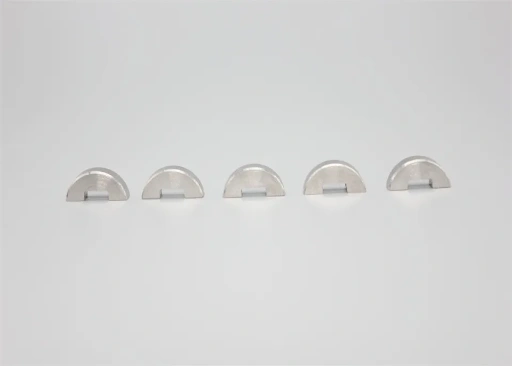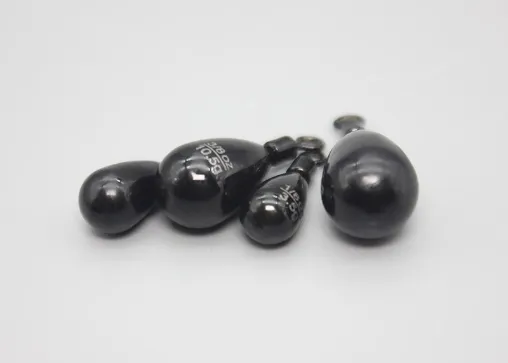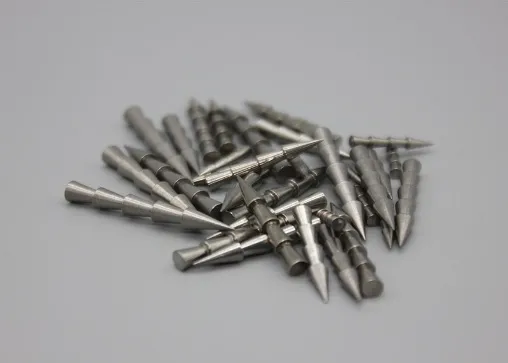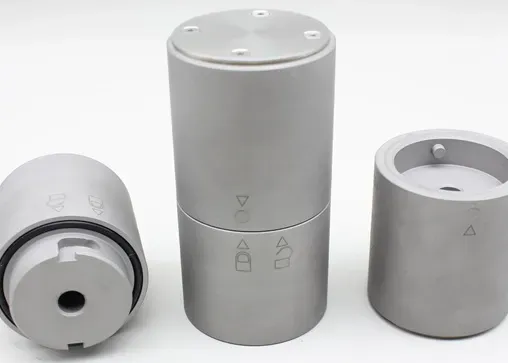Guide for Selecting Tungsten Alloy Fishing Jigs: The Perfect Match of Shape, Weight and Scenario
For anglers who value precision and performance, tungsten alloy fishing jigs offer a powerful combination of sensitivity, compact design, and environmental safety. Whether you’re navigating rocky bottoms or casting in deep waters, choosing the right jig can make all the difference. This guide will walk you through how to match shape, weight, and fishing scenarios to get the most out of every cast—and bring more fish to the net.
Tungsten alloy offers several advantages over traditional materials like lead. Thanks to its high density, tungsten allows for smaller jigs that still carry substantial weight. This makes them highly sensitive to underwater terrain and fish movement, giving you better feedback through your line. Tungsten is also non-toxic and considered environmentally safe, making it a preferred alternative to lead in regions with strict fishing regulations. Its compact profile improves casting distance and accuracy, while the hardness of the material resists deformation, ensuring longer-lasting use even in rocky environments.
Jig shape plays a critical role in how the jig moves through water and reacts to currents. Common shapes include bullet, football, dart, banana, and tear-drop designs, each offering specific advantages.
Bullet-shaped jigs are ideal for piercing through vegetation and are excellent in weedy conditions. Football jigs, with their wide heads, are suited for rocky bottoms as they reduce snagging. Dart-shaped jigs offer erratic movements, useful for triggering aggressive strikes. Understanding how each shape interacts with the environment allows you to adapt more effectively to changing conditions.
Weight selection is just as important as shape. Tungsten jigs typically range from 1/16 oz to over 1 oz. Lighter jigs are excellent for shallow, still waters or finesse presentations, while heavier jigs are more effective in deep water or strong current. In windy conditions, heavier jigs help maintain contact with the bottom and improve casting stability. Similarly, when fishing deeper water bodies, additional weight ensures quicker descent and better control. Consider your rod power, line type, and retrieval technique when selecting jig weight. A properly weighted jig will stay in the strike zone longer, increasing your chances of a successful hook-up.
Every fishing environment demands a tailored approach. In shallow waters with clear visibility, a lightweight jig with natural color tones works well, especially near grass beds or flats. For deep water fishing, a heavy football jig with a compact profile offers both sensitivity and control, crucial for reaching bottom-feeding species. In areas with a rocky or uneven bottom, snag-resistant jig designs, such as those with weed guards or angled heads, reduce the chance of losing tackle. For vertical jigging—such as off a pier or boat—slim, fast-dropping jigs are most effective. Additionally, seasonal changes influence fish behavior. During colder months, a slower, bottom-hugging presentation is key, while summer calls for faster, more aggressive retrieves.
For beginners, starting with a 3/8 oz football or tear-drop jig is a great all-around choice due to its versatility and ease of control across most common fishing conditions. This setup offers good control and can be used in various water depths. Pair your jig with the right trailer—such as soft plastics with added scent—to enhance realism. Pay attention to water clarity when choosing colors: natural tones for clear water, and brighter or darker shades in murky conditions. Always carry a range of shapes and weights. No two fishing days are the same, and being able to adjust quickly will help you respond to fish behavior and environmental shifts.
Success in fishing often comes down to the details. A well-matched combination of jig shape, weight, and scenario-specific tactics can dramatically improve your results. Tungsten alloy, with its superior sensitivity and compact size, gives anglers an edge that’s hard to match with other materials. The goal is to be adaptable—observe, experiment, and refine your jig selection to find what works best for your waters.

 EN
EN AR
AR FR
FR DE
DE HI
HI IT
IT JA
JA KO
KO PT
PT RU
RU ES
ES ID
ID LV
LV VI
VI HU
HU MS
MS GA
GA BE
BE YI
YI EU
EU


